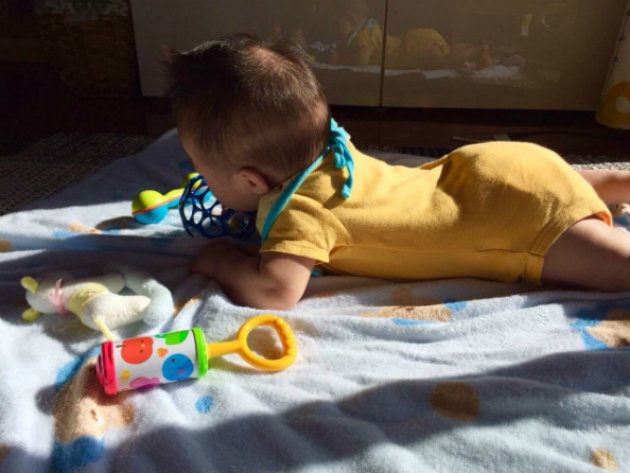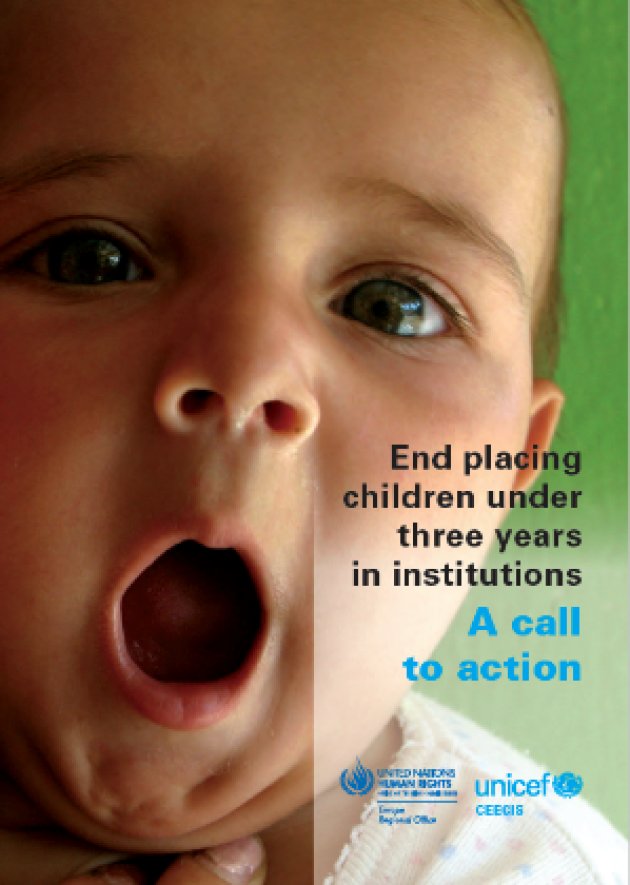Why Is It Important to Increase Foster Care and Adoption Programs?A 2-part report on the current situation and initiatives for the future
The Nippon Foundation has designated April 4 as Adopted Children’s Day, and around this time we hold events to promote awareness of special adoption and the situation regarding protective care in Japan. The day was chosen because the characters for April 4 can be read as yoshi, which is also the Japanese word for adoption. To mark this year’s Adopted Children’s Day, we are posting the English translation of an article written by The Nippon Foundation’s Eriko Takahashi, Program Director of Disability and Child Welfare, and published on the Japanese online site of HuffPost in October 2017. The original article was published on HuffPost’s Japanese online site in October 2017, and is available here(external site)
Unlike in the Americas and Europe, “adoption” in Japan generally means the transfer of family registry by an adult for business or inheritance-related considerations. The special childhood adoptions being promoted by The Nippon Foundation in Japan are for infants and young children who would otherwise grow up in a childcare institution, whereby they become part of an adoptive family for life, with the same legal status of children born into the family. For the purposes of this article, “adoption” refers to this special childhood adoption.
Addressing the needs of children who cannot live with their biological parents
There are approximately 45,000 children in Japan who cannot live with their biological parents, but only roughly 6,000 live in foster care. A shortage of foster families continues to be the case.
To address this situation, the Ministry of Health, Labour and Welfare (MHLW) released a “New Foster Child Care Vision” in August 2017. This New Vision sets targets of placing 75% of these children under the age of six in foster care within seven years, and of doubling the current number of adoptions, to 1,000, over the next five years.

Aims of the New Foster Child Care Vision
Children who cannot live with their biological parents are raised in either institutional care, which refers to homes for infants, childcare institutions, and other institutions, or with foster parents, family homes, adoptive parents, or other family settings referred to as family-based care.
As of March 2016, the ratio of children placed with foster parents was roughly 18%, compared with 93% in Australia and 77% in the United States, and this low rate means that the ratio of Japanese children placed in institutionalized care is correspondingly higher.
This is not the first time MHLW has expressed a policy of prioritizing family care. It formulated foster care placement guidelines in 2011, which laid out a policy of giving foster care priority over institutional care. This was merely a “guideline,” however, and had no power of enforcement.
A long-term plan for a transition to family care was also implemented in 2015, with a 15-year timeframe that designated three broad classifications – large and medium-sized general institutions, small institutions called group homes, and foster care and family homes – and sought to place roughly one-third of children in each of these categories.
Nevertheless, in response to an increase in cases of child abuse, a committee to consider a new social system for childcare was established in September 2015, and this quickly gave prominence to the importance of family-based child-rearing.
Based on the committee’s report, the Diet passed and enacted revisions to the Child Welfare Act in May 2016, establishing the principle that children should be raised in family environments. The New Vision being put forth by MHLW builds on the revised law, establishing the principle and laying out a roadmap for a drastic reform of social child-rearing.
Permanent families – adoption
The New Vision aims to double the number of adoptions, to 1,000 annually, over the next five years, but the most significant development is the objective of a “permanent family” in child welfare, and the clear positioning of adoption as an important method and option toward this end.
A permanent family means that unlike institutions or foster care, there is no fixed period of child-rearing that ends when the child turns 18; the parent-child relationship for both biological parents and children and adoptive parents and children is for life. There is no pressure on the child to become independent when he or she turns 18, providing the benefit of being able to live in a stable environment. A “guarantee of permanency” is also the orientation of child-rearing environments internationally.
The “Guidelines for the Alternative Care of Children,” adopted by the UN General Assembly in 2009, includes in its purpose, “To support efforts to keep children in, or return them to, the care of their family or, failing this, to find another appropriate and permanent solution, including adoption and kafala of Islamic law.”
The situation regarding social childcare to date in Japan, however, is that there are statistics for children who are placed with foster parents or in institutions, but there are almost no statistics available for adoption.
Even MHLW’s efforts to promote family care have been limited to raising the percentage of children placed in foster care and shifting to smaller institutions, and have not included adoption. The foster parent system includes a system called adoptive foster parents, but there are large differences in efforts being made depending on the local child guidance center (CGC), and many CGCs take the view that “adoption is a private system in which the government is not involved.”
Against this backdrop, the New Vision defines alternative care as a “temporary solution,” and clearly states the necessity of finding a permanent solution.
The New Vision states, “Child guidance centers must seek to return all children to live with their families, and when that is not appropriate, they must seek permanent solutions like adoption and special adoption in particular. Indefinite, long-term alternative care must be eliminated.”
The New Vision goes on, “Adoption, and in particular adoption that guarantees permanency, is an important option in child welfare.” The methods to be considered, ranked by priority, are: (1) Return to the biological family; (2) Being raised by relatives or friends; (3) Special adoption by someone other than a relative; (4) Regular adoption by someone other than a relative; (5) Long-term foster care or family home; and (6) Institutional care.
The Nippon Foundation supports this policy, which is consistent with international standards.
Principle of Family-Based Care for Infants Gaining Ground
The revised Child Welfare Act established the principle of family-based care for children, and building on this, MHLW issued an advisory in June 2016 that emphasized the importance of family-based care for children, stating, “Preschool years are when infants form the basis for loving relationships, making it important for children at this age to be raised in a stable, family environment, and therefore, in principle, infants should be placed in adoptive care, foster care, or family home care.”

To achieve this principle, the New Vision sets targets of placing 75% of children under the age of three in foster care within five years, and placing 75% of preschool children over the age of three in foster care within seven years.
Family care for babies and infants is already the international norm. For example, the UN’s Guidelines for the Alternative Care of Children state. “In accordance with the predominant opinion of experts, alternative care for young children, especially those under the age of 3 years, should be provided in family-based settings.”
In addition, in 2011, UNICEF and the Office of the United Nations High Commissioner for Human Rights (OHCHR) issued a bulletin titled “End placing children under three years in institutions. A call to action.”
OHCHR has also issued the report “The rights of vulnerable children under the age of three: Ending their placement in institutional care,” which states, “The improvement of conditions and hygiene does not solve the basic problem of the harmful effects of institutional care, especially in the cases of children below three or even children younger than five to eight years
The United States and the United Kingdom have already stopped placing children under the age of three in institutions. In Central Europe, countries including Romania, Bulgaria, and the Czech Republic are making rapid progress in moving children under age three to family care. Japan has also begun to initiate similar measures under the New Vision.
Related Link
Contact
Communications Department
The Nippon Foundation
- E-mail:cc@ps.nippon-foundation.or.jp



